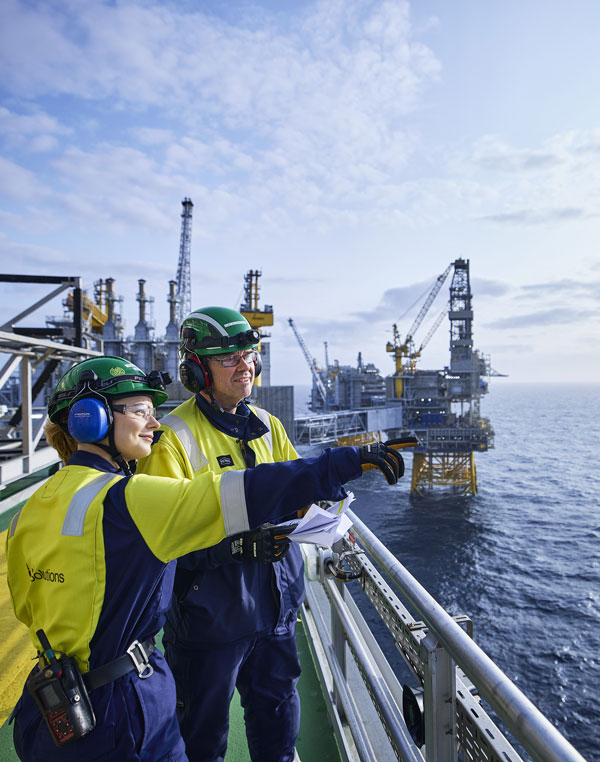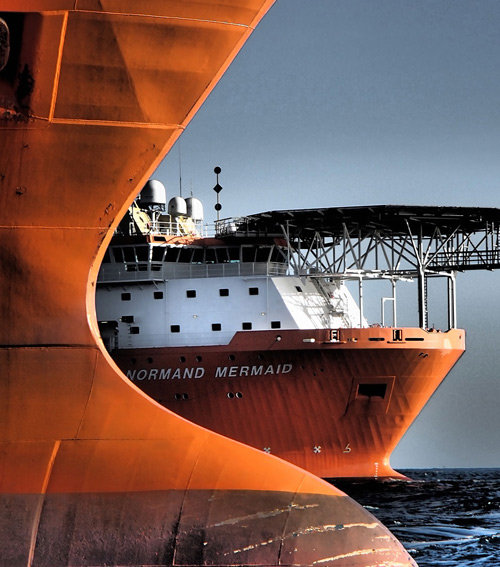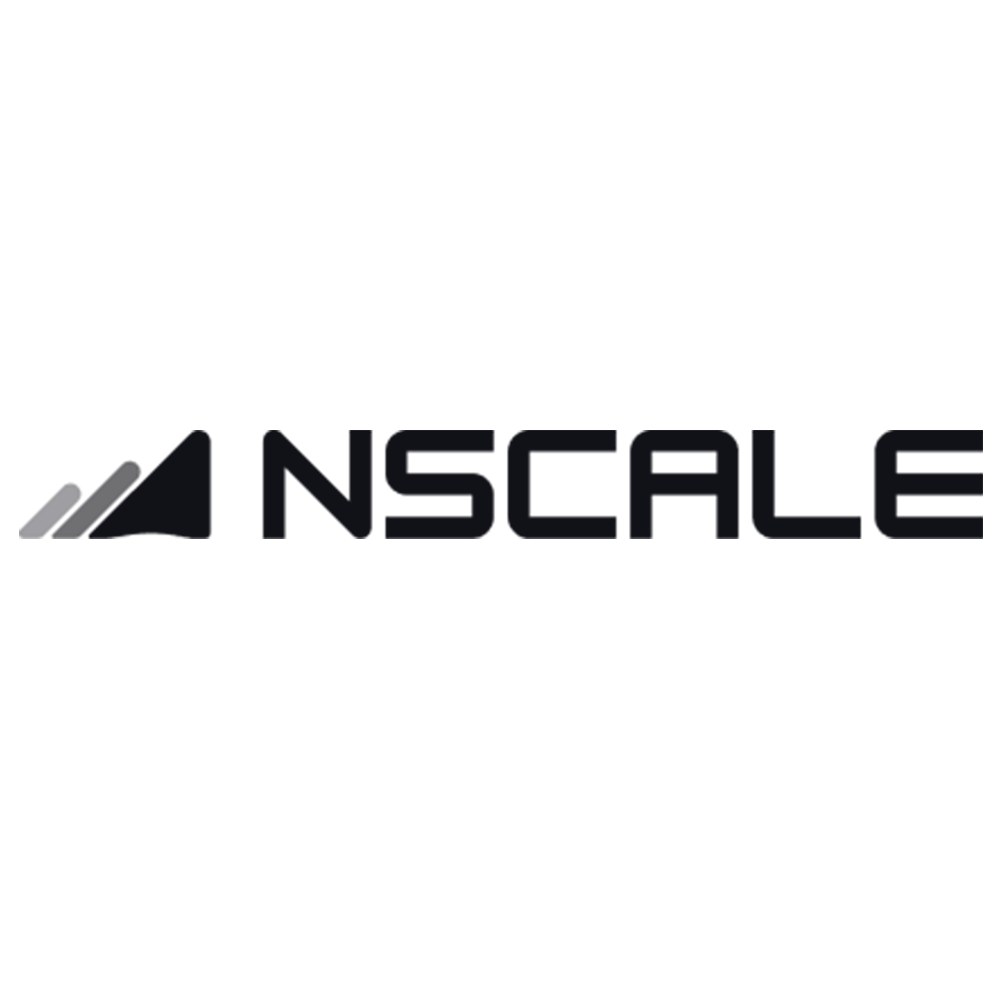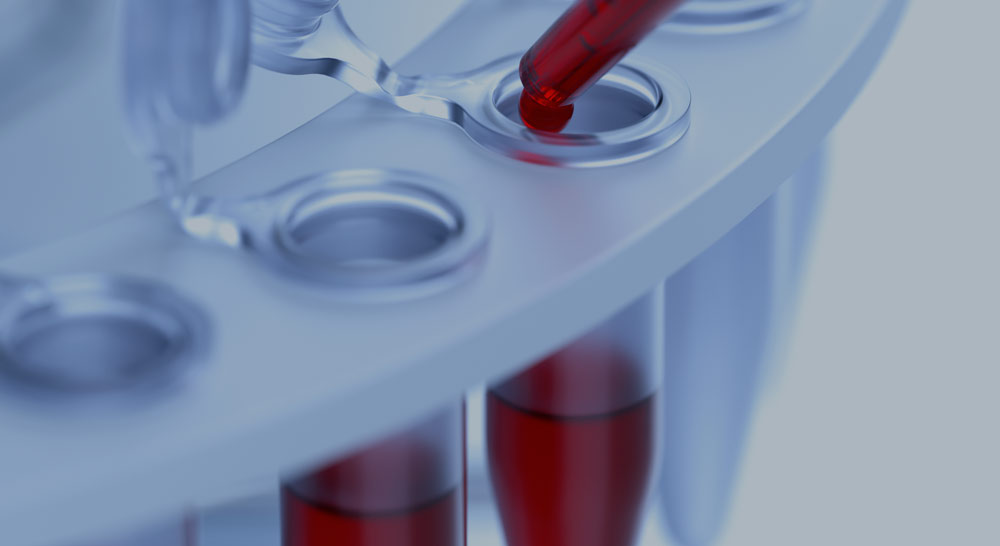
Driving Strategic Initiatives and Building Partnerships
As an industrial investment company, Aker drives strategic initiatives, operational improvements and Merger and Acquisition activity within its portfolio companies. We focus on strategic partnerships and alliances to create added value and cultivate a large ecosystem of leading partners.
INVESTING IN GLOBAL MEGATRENDS
Our Industries
Aker targets industries with competitive advantages, focusing on long-term growth trends. Despite geopolitical uncertainty and market fluctuations, the long-term outlook for these key sectors remains positive.

Our Investment Portfolio
Our investment portfolio consists of both publicly listed and unlisted companies operating across key growth industries aligned with global megatrends. The overview below provides information about the major listed and unlisted holdings. Additional details on minor investments can be found in our Annual Report.


Aker BP

Listed, ticker
Euronext Oslo Børs, AKBP
Aker’s ownership
21.2%
Share of Aker’s total assets
45.2% (Q2 2025)
Chair
Øyvind Eriksen
CEO
Karl Johnny Hersvik
Website
A Future-Oriented E&P Company
Aker BP is the largest privately owned oil and gas exploration and production company on the Norwegian continental shelf. Its focus is to operate with the lowest possible costs and emissions per produced barrel.
Measured by production, Aker BP is one of the largest independent, publicly listed oil companies in Europe. Aker BP operates six field centers: Valhall, Ula, Ivar Aasen, Alvheim, Skarv and Edvard Grieg. In addition, Aker BP is a partner in the Johan Sverdrup field.
449
5.7
2.6


Aker Solutions

Listed, ticker
Euronext Oslo Børs, AKSO
Aker’s ownership
39.4%
Share of Aker’s total assets
8.9% (Q2 2025)
Chair
Leif-Arne Langøy
CEO
Kjetel Digre
Website
Serving the Global Energy Sector
Aker Solutions delivers integrated solutions, products and services to the global energy industry, enabling low-carbon oil and gas production and developing renewable solutions to meet future energy needs.
For nearly 200 years, Aker Solutions has played a central role in driving some of the world’s most complex and strategically important energy projects to completion. Its deliverables range from large platforms and subsea systems for oil and gas production to offshore wind installations and facilities for carbon capture, utilization and storage. Aker Solutions employs over 11,000 people in more than 15 countries.
53.2 bn
40.1 bn
11 bn


Solstad Offshore

Listed, ticker
Euronext Oslo Børs, SOFF
Aker’s ownership
32.9%
Share of Aker’s total assets
1.5% (Q2 2025)
Chair
Harald Espedal
CEO
Lars Peder Solstad
Specialized vessels for global energy markets
Solstad consists of two ship-owning entities: Solstad Offshore ASA and Solstad Maritime Holding AS (referred to as Solstad Maritime). Together with Solstad Offshore ASA, these form the Solstad companies. The Solstad companies provide advanced vessels to global offshore energy markets, focusing on Brazil, the North Sea, Southeast Asia, Australia and West Africa. The vessels undertake assignments in both oil and gas operations, as well as renewable energy projects.
15
90 %
~ 700


Solstad Maritime

Listed ticker
Euronext Oslo Børs. SOMA
Aker’s ownership
51.8%
Share of Aker’s total assets
7.6% (Q2 2025)
Chair
Frank O. Reite
CEO
Lars Peder Solstad
Website
Offshore Tonnage Provider to Global Energy Markets
Solstad Maritime ASA is a leading provider of specialized offshore vessels to the global energy industry. With a fleet of 32 modern vessels and approximately 1,700 employees worldwide, the company supports complex offshore operations across Europe, South America, the Asia-Pacific region, Australia and Africa.
Solstad Maritime is part of the Solstad Group and continues to strengthen its market position through long-term contracts and strategic partnerships. In 2025, the company was approved for listing on Euronext Oslo Børs under the ticker “SOMA”, marking a new chapter in its growth and capital market presence.
32
35 m
80 %


Aker BioMarine

Listed, ticker
Euronext Oslo Børs, AKBM
Aker’s ownership
77.7%
Share of Aker’s total assets
5.4% (Q2 2025)
Chair
Ola Snøve
CEO
Matts Johansen
Website
Leading supplier of krill ingredients
Aker BioMarine is a leading innovator in human health, developing krill-derived products for consumer nutrition. The company holds a strong position in its industry and is the world's leading supplier of krill – the natural, potent and health-promoting source of nutrients from the pristine waters of Antarctica. Its ingredient portfolio consists of Superba Krill Oil, Lysoveta, FloraMarine and PL+, as well as the consumer brand, Kori Krill. The company's innovative approach also extends to spin-offs such as AION (which focuses on reducing and recycling plastic waste across industries) and Understory (a sustainable protein brand).


Akastor

Listed, ticker
Euronext Oslo Børs, AKAST
Aker’s ownership
36.7%
Share of Aker’s total assets
1.6% (Q2 2025)
Chair
Frank O. Reite
CEO
Karl Erik Kjelstad
Website
Active Ownership in Oil Services
Akastor was established as an investment company in 2014 following the demerger of Aker Solutions with a portfolio of companies. Today, Akastor is an oil-services investment company with a portfolio of industrial and financial holdings. The company has a flexible mandate for active ownership and long-term value creation.
168 m
843 m
793 m


SalMar

Listed, ticker
Euronext Oslo Børs, SALM
Aker’s ownership
0.7%
Share of Aker’s total assets
0.6% (Q2 2025)
Chair
Gustav Witzøe
CEO
Frode Arntsen
Website
A Leading Global Salmon Producer
SalMar is the world’s second-largest producer of Atlantic salmon, with operations in Norway, offshore, Iceland and Scotland. Since its establishment in 1991, the company has contributed to the development of a more sustainable aquaculture industry.
With a commitment to operational excellence, SalMar works to ensure responsible growth is aligned with the biology and welfare of the salmon. The company continues to invest in innovation and long-term solutions that support efficient and environmentally sound production.


AMSC

Listed, ticker
Euronext Oslo Børs, AMSC
Aker’s ownership
19.1%
Share of Aker’s total assets
0.0% (Q2 2025)
Chair
Annette Malm Justad
CEO
Pål Lothe Magnussen
Website
A Maritime Investment Company
AMSC ASA is a maritime investment company currently undergoing liquidation. Historically, the company focused on long-term ownership of maritime assets across transportation, offshore construction and services. As part of its wind-down process, AMSC was listed on the Oslo Stock Exchange under the ticker “AMSC” and traded on the OTCQX in New York as “ASCJF”.


Cognite

Category
Industrial digitalization and artificial intelligence
Aker’s ownership
50.5%
Share of Aker’s total assets
3.3% (Q2 2025)
Chairman
Girish Rishi
CEO
Girish Rishi
Website
Transforming Industry Through Data and AI
Cognite is a global industrial software company that delivers data and AI solutions to transform heavy-asset industries. Its flagship platform, Cognite Data Fusion®, enables companies in sectors such as energy, manufacturing and utilities to contextualize and operationalize data at scale. By combining deep industrial domain knowledge with advanced AI capabilities, Cognite helps customers improve efficiency, safety and sustainability across their operations.


Nscale

Category
Industrial digitalization & AI
Aker's ownership
9.29%
Share of total assets
Update pending
Chair
Philippe Sachs
CEO
Josh Payne
Website:
Building the Next Frontier for AI
Nscale is a global hyperscaler engineered for sovereign-grade AI infrastructure, delivering compute to the generative AI market at scale.
Through its fully vertically integrated suite of AI solutions and GW+ greenfield data centers across Europe and North America, Nscale enables customers to run efficient and scalable AI training, fine-tuning, and inferencing workloads.


Aize

Category
Digital twin software
Aker’s ownership
68%
Share of Aker’s total assets
0% (Q2 2025)
Chairman
Ola Snøve
CEO
Jarle Skrebergene
Website
Software to visualize and navigate heavy assets
Aize develops advanced software that brings heavy-asset industries into the digital age. By creating digital twin representations of physical assets, Aize enables users to visualize and interact with engineering and operational data within a unified, contextualized environment. Seamlessly integrating with existing systems, Aize connects information across the enterprise—enhancing collaboration, improving decision-making and simplifying asset management at every stage of the lifecycle.


Aker Property Group

Category
Real estate
Aker’s ownership
100%
Share of Aker’s total assets
2.1% (Q2 2025)
Chair
Svein Oskar Stoknes
CEO
Jens Jalland
Website
Developing Residential and Commercial Properties Across Sectors
Aker Property Group is a real estate investment company focused on long-term value creation in the Nordic property market. As a wholly owned subsidiary of Aker ASA, the company invests in high-quality real estate assets and platforms with strong cash flow characteristics and growth potential. Aker Property Group targets opportunities across community infrastructure, commercial real estate and urban development, leveraging Aker’s industrial and financial expertise to support sustainable and scalable property ventures.


Aker Qrill Company

Category
Krill harvesting company
Aker’s ownership
40%
Share of total assets
2.1% (Q2 2025)
Chairman
Matts Johansen
CEO
Webjørn Barstad
Website
Delivering Krill-Based Nutrition Worldwide
Aker QRILL Company is a leading Antarctic krill-harvesting enterprise focused on advancing health across species through sustainably sourced marine nutrition. The company develops krill-based ingredients for aquaculture (QRILL™ Aqua), pet nutrition (QRILL™ Pet) and human health applications, all grounded in rigorous scientific research.
Operating across a fully integrated value chain—from responsible harvesting in Antarctic waters to global distribution—Aker QRILL Company ensures transparency, traceability and adherence to world-class sustainability standards. With a mission to meet the growing demand for healthy, renewable nutrition, the company delivers essential omega-3s and proteins while prioritizing the long-term health of the krill biomass and the Antarctic ecosystem.


ICP

Category
Asset Management
Aker’s ownership
-
Share of total assets
0.3% (Q2 2025)
Chairman
Camilla Jøtun
CEO
ICP Asset Management: Petter Johnsen
Website
Powering Progress Through Capital
Industry Capital Partners (ICP) focuses on long-term value creation in industry and is organized through specialized management companies: ICP Asset Management.
ICP Asset Management invests globally in listed companies that are well positioned to benefit from the transition toward a low-carbon economy.


Mainstream

Sector
Renewable energy
Aker’s ownership
58%
Share of total assets
-
Chair
Kristian Røkke
CEO
Morten Henriksen
Website:
www.mainstreamrp.com
Advancing the global transition with wind and solar energy
The company is committed to accelerating the transition to sustainable energy through large-scale, innovative projects.
Mainstream Renewable Power is a leading pure-play renewable energy company, with wind and solar assets across global markets, including Europe, Latin America, Africa, and Asia-Pacific.


Seetee

Category
Other
Aker’s ownership
90%
Share of total assets
1% (Q2 2025)
Chairman
Ola Snøve
CEO
-
Website
Investing in the Bitcoin Ecosystem
Seetee holds Bitcoin as its primary treasury asset and invests in innovative projects and companies within the cryptocurrency and fintech sectors. With a long-term perspective, Seetee supports ventures that explore the potential of Bitcoin as both a financial and technological foundation.


SLB Capturi

Accelerating industrial decarbonization at a global scale
SLB Capturi is a dedicated carbon capture company formed as a joint venture between SLB and Aker Carbon Capture. By combining Aker’s decades of experience in amine-based Advanced Carbon Capture™ technologies with SLB’s innovative portfolio of non-aqueous-solvent and sorbent-based solutions, SLB Capturi delivers scalable, modular solutions for a wide range of industries—including cement, waste-to-energy, gas-to-power, and biogenic emissions. Backed by a legacy of pioneering projects like Sleipner and the Technology Centre Mongstad, the company is actively deploying seven installations capable of capturing up to 1 million tonnes of CO₂ annually. SLB Capturi is accelerating industrial decarbonization on a global scale.









